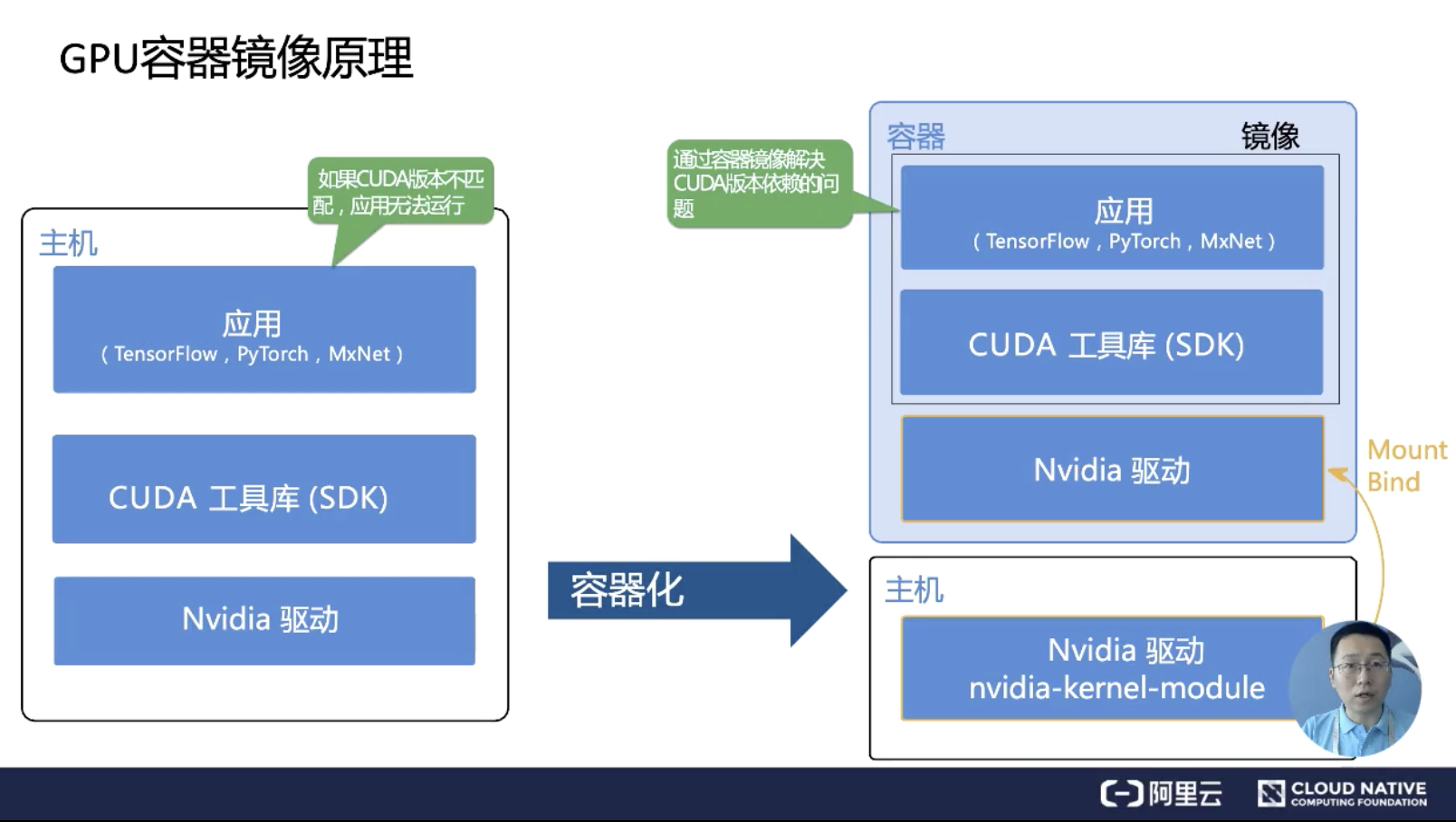Euro NCAP driving scenarios
Adaptive Cruise Control(ACC)
ACC is tested in an extended version of AEB. these systems are designed to automatically adapt the speed when approaching a slower moving vehicle or noe that is braking. notification, not all systems perform well with stationary obstacles.
a slow moving vehicle test
a stationary obstacle(e.g. vehicle) test
autonomous emergency braking(AEB)
AEB pedestrain
an adult pedestrain running from the driver’s side of the vehicle
an adult walk from the passenger’s side
a child runs from between parked cars on the passenger’s side of the car
pedestrain walking in the same direction as the vehicle algnedwith the centre of vehicle
pedestrain walking in the same direction as the vehicle offset to one side
AEB cyclist
cyclist is crossing the vehicle’s path
cyclist is travelling in the same direction
Euro NCAP gives greatest reward if a collision is completely avoided; in some case, if AEB is unable to stop the vehicle completely, still give some points.
lane keeping assist(LKA)
lane centering, a good ADS should continue to support the driver during the manoeuvre and will not resist the driver or deactivate.
cut-in test, a npc from adjacent lane merges into the current lane
cut-off test, a npc leaves the current lane abruptly to avoid a stopped vehicle ahead
swerve around a small obstacle test
speed assistance test, to use map data and/or data from sensors to identify the local speed limit
NHTSA driving scenarios
a previous blog design scenarios in ADS simulation is based on NHTSA.
forward collision prevention
- Forward collision warning
- AEB
- pedestrain AEB
- Adaptive lighting
backing up & parking
- rear automatic braking
- backup camera
- rear cross traffic alert
lane & side assist
- lane departure warning
- lane keeping assist
- blind spot detection
- lane centering assist
maintaing safe distance
- traffic jam assist
- highway pilot
- ACC
Matlab Driving Scenario samples
AEB (for vulnerable road users)
AEB_Bicyclist_Longitudinal_25width, at collision time, the bicycle is 25% of the way across the width of the ego vehicle.AEB_CCRb_2_initialGap_12m, a car-to-car rear braking(CCRb) scenario where the ego rear hit a braking agent. the deceleration is 2 m/s^2 with initial gap 12mAEB_CCRm_50overlap, a car-to-car rear moving(CCRm) scenario, where the ego rear hits a moving vehicle. at collisio ntime, the ego overlaps with 50% of the width of the moving vehicle
AEB_CCRs_-75overlap, a car-to-car stationary(CCRs) sceanrio, where the ego rear hits a stationary vehicle. at collision time, the ego overlaps with 75% of the width of the stationary vehicle. when the ego is to the left of the other vehicle, the percent overlap is negative
AEB_Pedestrain_Farside_50width, the ego collides with a pedestrain who is traveling from the left side(far side, assuming vehicle drive on right side of the road). at collision time, the pedestrain is 50% of the way across the width of the egoAEB_PedestrainChild_Nearside_50width, the ego collides with a pedestrain who is traveling from the right side(near side), at collision time, the pedestrain is 50% of the way across the width of the ego
Emergency Lane Keeping(ELK)
ELK_FasterOvertakingVeh_Intent_Vlat_0.5, ego intentionally changes lanes but collides with a faster overtaking vehicle, the ego travels at a lateral velocity of 0.5m/sELK_OncomingVeh_Vlat_0.3, ego unintentionally changes lanes and collides with an oncoming vehicle, with ego’s lateral velocity of 0.3m/sELK_OvertakingVeh_Unintent_Vlat_0.3, ego unintentionally changes lanes, overtake a vehicle in the other lane and collides. the ego travles at a lateral velocity at 0.3m/sELK_RoadEdge_NoBndry_Vlat_0.2, ego unintentionally changes lanes and ends up to hte road edge, with lateral velocity at 0.2m/s
LKA
LKA_DashedLine_Solid_Left_Vlat_0.5LKA_DashedLine_Unmarked_Right_Vlat_0.5LKA_RoadEdge_NoBndry_Vlat_0.5LKA_RoadEdge_NoMarkings_Vlat_0.5LKA_SolidLine_Dashed_Left_Vlat_0.5LKA_SolidLine_Unmarked_Right_Vlat_0.5
open source libs
scenarios in L2 vs L3+
scenarios in l2 is more like point in the whole driving manuevor, at a certain scenario/point, how the ADAS system response. while L3+ is a continously scenario, along each point during driving is part of the scenario, and inside which all kinds of l2 case scenario can happen. it does make sense to integrate l2 scenario planning response to l3+, which makes l3+ system more strict.
refer
mathworks: Euro NCAP driving scenarios in driving scenario designer
nhtsa vehicle safety legacy doc
Study and adaptation of the autonomous driving simulator CARLA for ATLASCAR2

